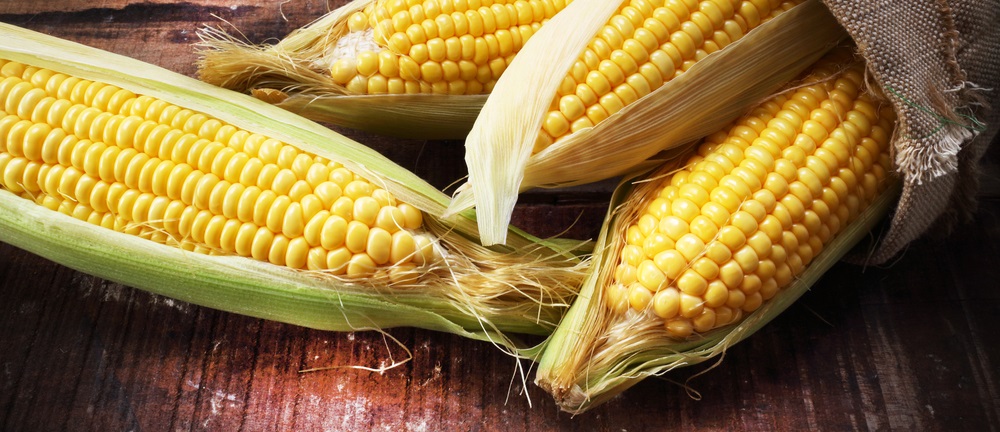“It’s a terrible idea,” my uncle told me over the phone. “Ethanol holds water, which ruins gasoline. It will corrode our existing pipes … it’s going to cost the refining industry billions of dollars to retool to stainless steel.”
That call took place in 2006, after many states, led by California, outlawed the use of methyl tert-butyl ether (MTBE) as a fuel additive in gasoline. The organic compound was found to contaminate drinking water and pollute the environment, so it was replaced by ethanol, an alcohol made from corn.
My uncle worked at the Philadelphia oil refineries my entire life, and this change worried him. It turns out he was correct: Ethanol was a disaster for the refining industry.
It was terrible for homeowners too. I had to rebuild a lawn mower engine after letting it sit too long with ethanol-laced gasoline in it, and I’ve heard similar horror stories from my friends.
However, while ethanol is a disaster in gasoline, it spurred a huge windfall for corn farmers. Today we have an investment opportunity in this once-beloved Midwestern staple.
The Ethanol Must Flow
In order to replace MTBE, the ethanol industry needed to ramp up from less than 5 billion gallons per year to nearly 15 billion gallons annually in just a few years.
One acre of corn can produce about 328 gallons of ethanol. In order to produce an extra 10 billion gallons of ethanol, U.S. farmers needed to add over 30 million new acres of corn to the existing 78.3 million acres.
They couldn’t expand to over a hundred million acres, but demand for ethanol (and corn) continued to soar…
In 2006, the price of a bushel of corn was around $2. By the summer of 2008, it was nearly $8. But that wasn’t the only price spike. After coming down during the credit crisis in 2008 to 2010, the price of corn spent 2011 to 2013 around $6 per bushel. You can see what I mean in this chart:
By 2012, farmers had over 97 million acres planted in corn. It was everywhere — farmers pulled up their rose bushes and plowed under their strawberry patches to plant corn.
The total corn crop rose from 10.5 billion bushels in 2006 to 15.1 billion bushels in 2016. That’s a 50% increase in the corn crop in a decade … an amazing feat of agriculture.
Fields of Gold
Not only did farmers plant more corn, they found ways to increase the yield per acre. In 2006, an average acre of corn produced about 134 bushels. By 2016, farmers produced a whopping 161 bushels per acre. That’s a 20% increase in yield over 10 years, which had a dramatic impact on corn supply.
By 2014, we were swimming in corn. Prices fell by half and then continued lower. By 2016, corn sat at its lowest price since 2010. Finally, farmers began to bail out on corn. The acreage is down by 4% this year, to 90 million acres.
But ethanol demand is soaring, and corn prices are already moving higher. In July 2016, the U.S. ethanol demand for gasoline hit 957,000 barrels per day, a record high. It looks like 2017 could easily surpass that high. The average daily demand so far this year is 880,750 barrels per day, a 1.6% increase over last year.
With less corn acreage planted and corn prices well below average, corn looks to be a good speculation for the summer. Fortunately, there’s an easy way to speculate on the golden kernels: the Teucrium Corn Fund ETV (Nasdaq: CORN). The exchange-traded vehicle uses futures contracts to track the price of corn.
Good investing,
Matt Badiali
Senior Editor
